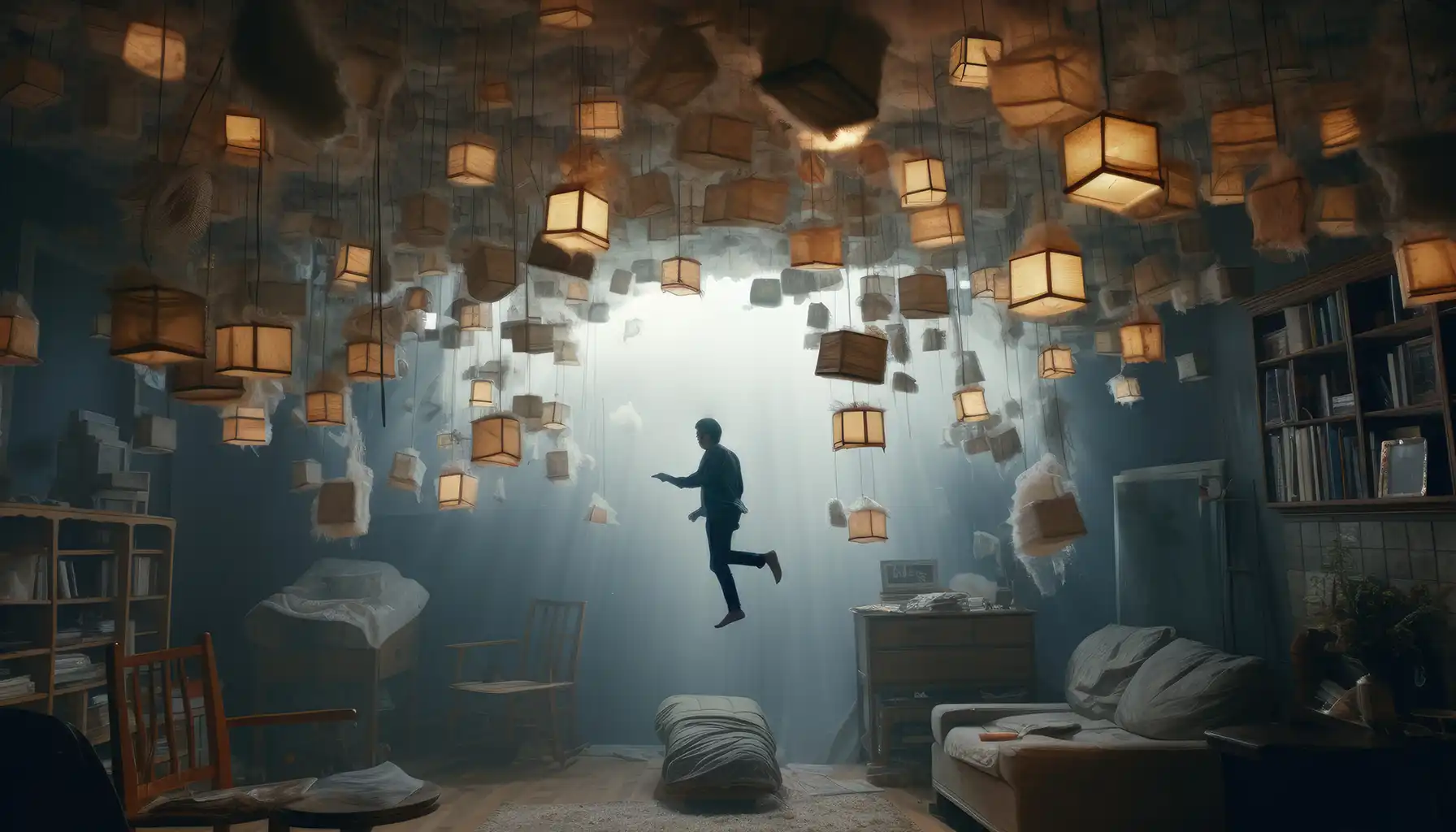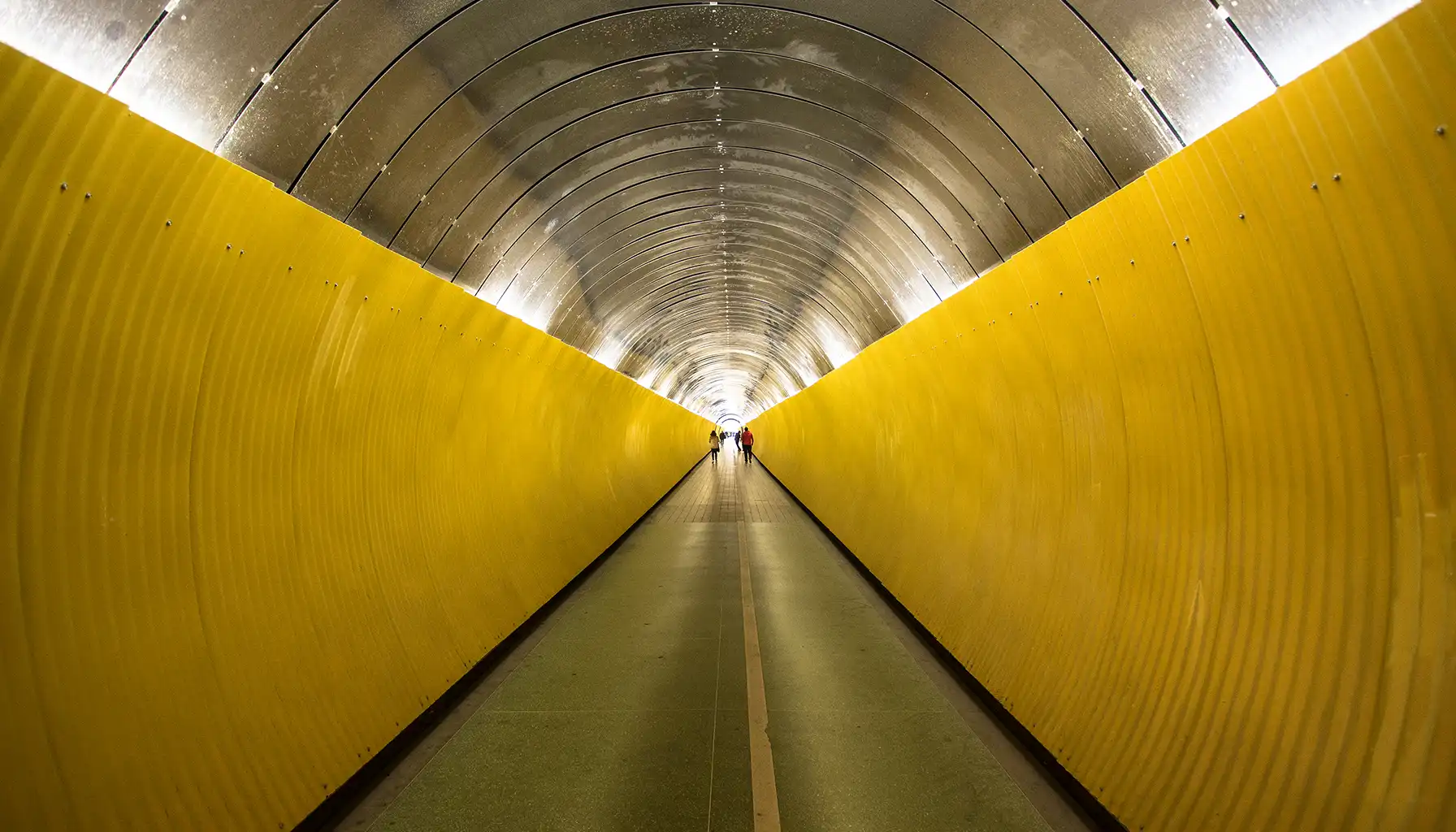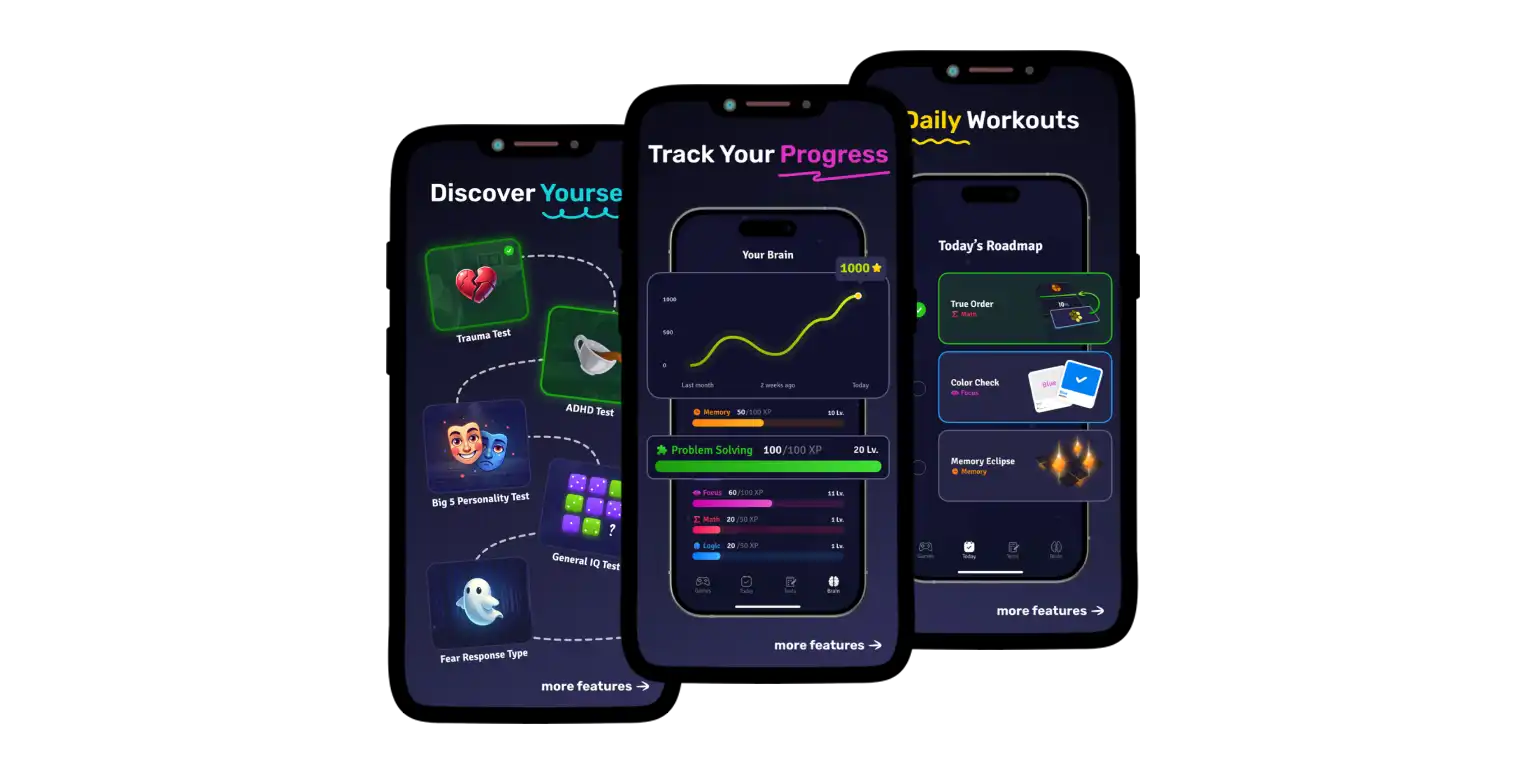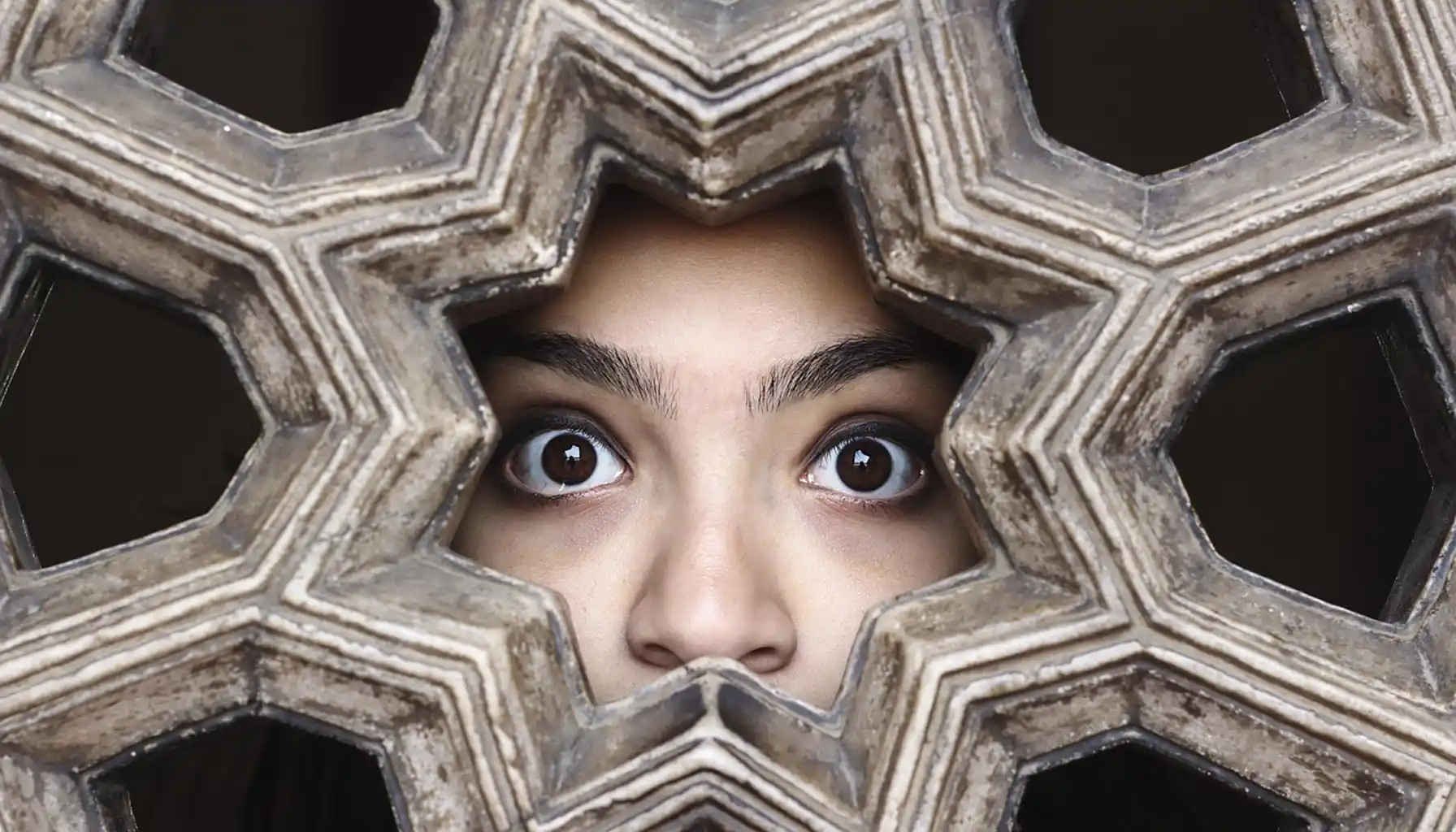How to Deal with Claustrophobia: Signs, Causes, and Remedies

Contents:
When confined in fear, even the simplest situations may seem overly dangerous and threat-posing. They do overwhelm, though the reasons may remain obscure and, at times, unreasonable. Nonetheless, phobias do not need grounds to be based on – they thrive on perception rather than logic and can turn ordinary environments into places to avoid and be afraid of.
The fear of being in confined spaces (i.e., claustrophobia) is among the most widespread mental dysfunctions that may disrupt the flow of daily life and affect the professional responsibilities of those suffering from it. However, the scope of its impact is a bit more complicated and severe than one may imagine. So, what is the clinical claustrophobia definition? Which symptoms to expect, and how may cognitive training help one mitigate the consequences of this phobia after all?

What Is Claustrophobia?
For some people, enclosed areas may feel like a safe zone, but for others, these are fear-provoking enemies that cannot be defeated at once. So, what is the fear of confined spaces called? Just like any other specific phobia, claustrophobia rests on the foundation of disproportionate fear responses that are out of sync with actual danger. Instead of rational perception, the mind interprets certain situations as life-threatening, with physical and emotional reactions triggered in turn.
It is not about the unpleasant feelings and general discomfort but a genuine stress, panic, mental instability, etc., that can overwhelm the body and mind, affect daily life, and persist for at least six months in a row. Nonetheless, the claustrophobia is strongly connected with particular events, which makes it possible to classify it as a situational subtype of specific phobia within both the DSM (Diagnostic and Statistical Manual of Mental Disorders) and the ICD (International Classification of Diseases).
Core Fears Behind Claustrophobia
So as to decipher the true claustrophobia meaning, it is vital to refer to established perspectives developed by professional psychologists and other mental health specialists. According to Stanley Rachman, claustrophobia is caused by (or composed of) two closely related fears, i.e., the fear of suffocation and the fear of restriction. In essence, they interact, gradually intensifying panic and turning enclosed spaces into mental traps. But how does it work in detail?

Fear of Suffocation
This fear occurs when a person anticipates being unable to breathe in a confined space. However, this may manifest only through intense episodes, which may include:
Sensations of shortness of breath or tightness in the chest
Feeling as if the air was “cut off” or not enough
Choking or difficulty swallowing
Heightened panic in response to the perception of restricted airflow
By the way, many patients state that this frequently happens in showers and is associated with the watering process, too (see ablutophobia).
Fear of Restriction
On the contrary, there is another condition which involves a constant feeling (and anticipation) of being trapped or immobilized – the feat of restriction. Its symptoms usually include:
Rapid heartbeat and sweating
Trembling or shaking
Intense urge to escape
A sense of helplessness or loss of control
These principles remain at the core of the phobia, which, unlike acquired and genetic anxiety, is situationally specific and cannot emerge outside certain contexts.

What Causes Claustrophobia: Common Triggers and Roots
The path to healing begins with understanding what causes the problem. Apart from the previously mentioned fears, claustrophobia as a mental response encompasses different psychological, biological, and experiential influences, which may be characterized by consistent patterns and the same roots. So, where do various types of claustrophobia come from?
Underlying Causes | Common Triggers |
Fear of suffocation (anticipation of not being able to breathe) | Small or locked rooms |
Fear of restriction (perception of being trapped) | Elevators, stairwells, tunnels |
Traumatic experiences such as accidents or being trapped | Airplanes and subway trains |
Learned behavior from family or environment | Crowded public transport or events |
Biological sensitivity in the brain’s fear response systems | Medical imaging equipment (MRI, CT scans) |
Links to anxiety disorders (panic disorder, PTSD, generalized anxiety) | Occupational confined spaces (firefighting, industrial maintenance, rescue missions, etc.) |
Claustrophobia Symptoms and Signs
The range of claustrophobia manifestations is usually quite extensive, for this condition and its intensity should depend on the mental imagery of a given person, overall health, personal circumstances, and even social or financial concerns.
Keep in mind that symptoms often appear unexpectedly when entering a confined space (sometimes, this may be avoided on its own).
Physical Symptoms
Shortness of breath or hyperventilation
Rapid heartbeat or chest tightness
Sweating, trembling, or hot flashes
Nausea, dizziness, or headaches
Dry mouth or choking sensations
Numbness or tingling in the body
Emotional and Cognitive Symptoms
Intense fear of losing control or suffocating
Confusion or disorientation in crowded or enclosed spaces
Overwhelming sense of dread or panic
Urge to escape at any cost
Behavioral Symptoms
Avoidance of elevators, airplanes, tunnels, or crowded places
Refusal to undergo necessary medical scans (e.g., MRI, CT)
Adapting lifestyle choices to limit exposure to confined spaces

How to Overcome Claustrophobia?
Accepting the problem does not mean fighting it properly, though. One may explore numerous recommendations online, but the true guidance starts with the support of healthcare specialists only. Professional evaluation ensures that treatment is safe and relevant to the specific needs of a patient, taking into consideration their medical history, psychological background, and current life circumstances.
This is why please make sure to consult your psychologist or find one to defeat your inner enemy all at once.
Related article: Natural Supplements to Treat ADHD: What Parents Should Know
Professional Treatment Options
Among the most effective claustrophobia treatment options are those provided within the clinical environments. In fact, doctors do not strive to “erase” the fear but reduce its intensity and let a person regain control over their mental state at first.
Treatment Type | What Does It Offer? | Benefits |
Identifies and challenges irrational thoughts about confined spaces. | Helps reframe negative thought patterns and reduce anxiety. The most efficient way to heal. | |
Exposure Therapy | Gradual, controlled exposure to feared situations, either in real life (in vivo) or in simulations (in virtuo). | Helps one become more tolerant, reduce avoidance, and desensitize the fear response. |
Virtual Reality Exposure Therapy (VRET) | Uses immersive VR environments to simulate confined spaces safely. | Allows step-by-step desensitization with adjustable intensity and constant support. |
Gamified Approaches (VR & Non-VR) | Introduce games designed to simulate enclosed spaces and provide controlled exposure, either through VR apps or non-VR simulations. | Promotes coping strategies, reduces avoidance, and reinforces exposure therapy in an interactive way. |
Eye Movement Desensitization and Reprocessing (EMDR) | Targets traumatic memories associated with claustrophobia. | Reduces the emotional impact of past experiences. |
Medication | Anti-anxiety medications or antidepressants prescribed by a professional for symptom management. | Useful for short-term relief or when combined with other types of therapy. |
Do Not Let the Fear Break You Down
Healing comes from the inside, and this is your responsibility to nurture through consistent effort, self-awareness, and seeking the right support when needed. We know how hard it is to cope with different mental impairments, but one of the most productive ways to win is through apps.
People employ their smartphones on a daily basis, but their usage can also be extended to structured brain trainings that strengthen cognitive skills and help one boost their emotional intelligence for good. Mind Elevate IS the app to delve into productive sessions in an engaging way.
As such, Mind Elevate offers different mental-training tools/games, divided into categories such as Memory, Attention, Logic, Math, Musical Perception, and general Brain Training proper. Each game targets specific cognitive skills for one to sharpen focus, improve problem-solving, enhance mental flexibility, and cope with phobias at last.

When to Seek Help
Claustrophobia, like any other mental deviation, becomes clinically significant when it disrupts everyday functioning. From this perspective, professional help is vital, for it may prevent the development of more severe conditions, like depression or PTSD.
Claustrophobia does not define you. Your actions do. Take control over your cognition, and never let it suffer again.





